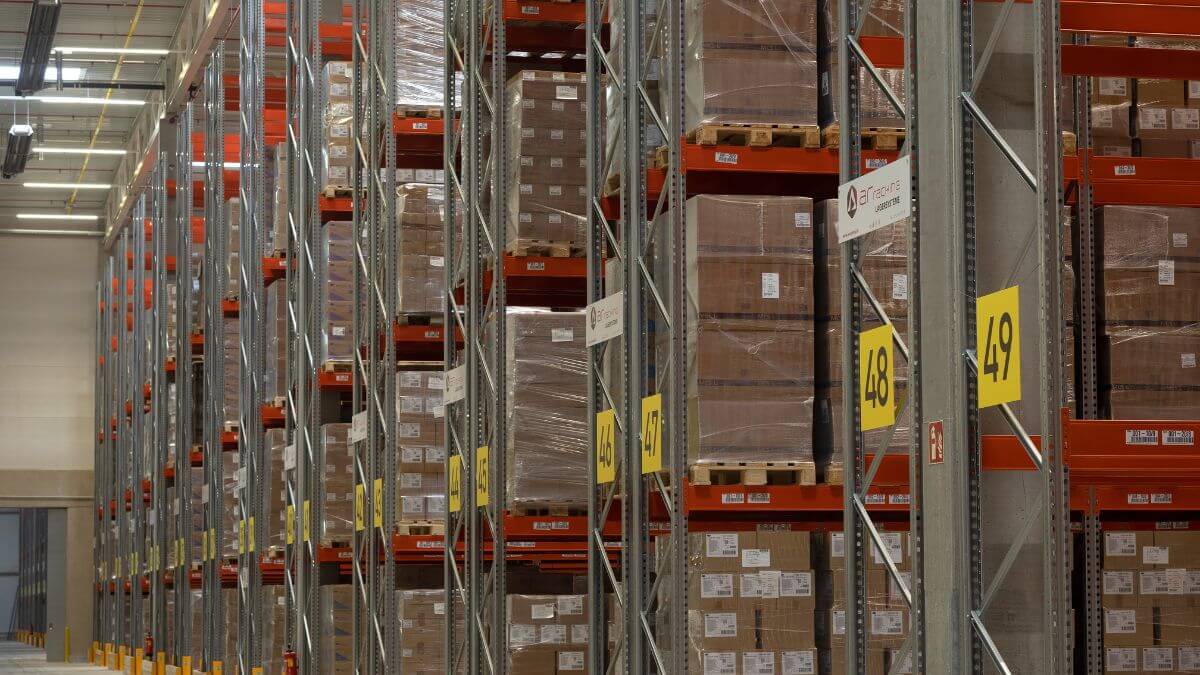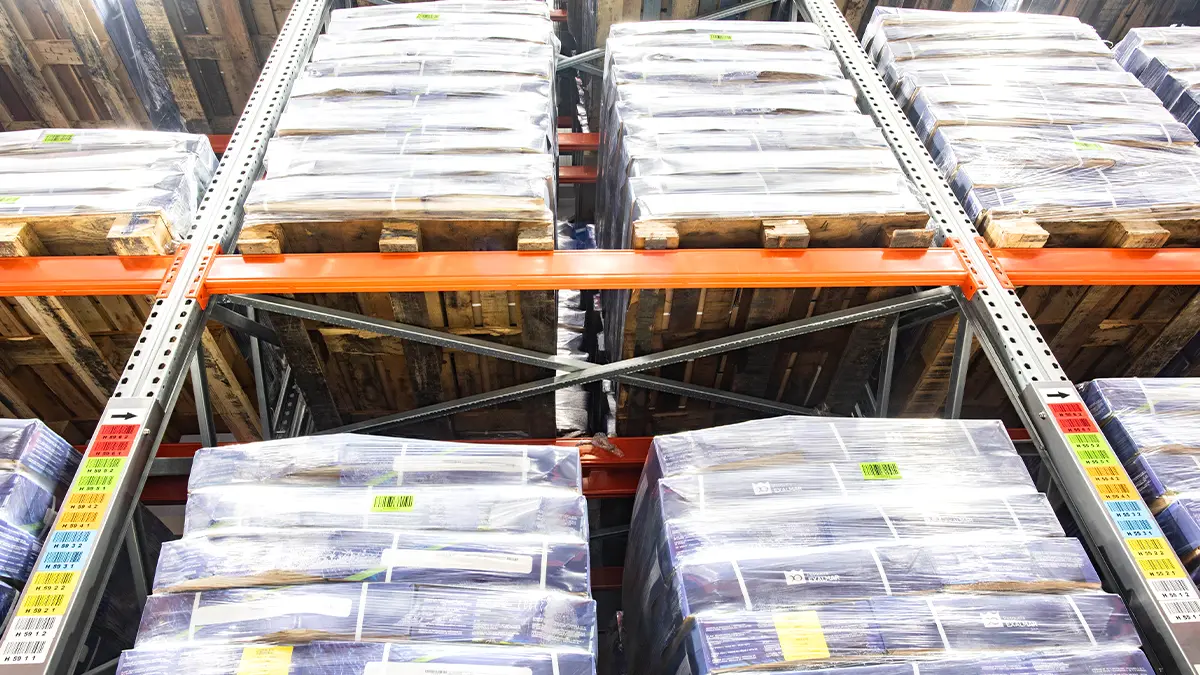The MOQ (Minimum Order Quantity) refers to the minimum quantity of products that a supplier or manufacturer is able to sell in a single transaction.
It is a common practice in the commercial and manufacturing area, as it allows suppliers to optimise production and manage their costs more efficiently. The MOQ may vary according to the supplier, product and negotiation conditions.
Why set a minimum order quantity?
Suppliers always incur significant costs (transportation, storage, administration...) and therefore need to ensure that they obtain profits on each order.
Setting an MOQ can help optimise the supply chain, reduce costs, improve production efficiency, and strengthen supplier relationships. However, it is important to balance these considerations against the needs and capabilities of the business.
Keys to the MOQ
The main elements that need to be focused on to define a Minimum Order Quantity or MOQ are as follows:
- Negotiation
It is important to negotiate the MOQ with the supplier to obtain the highest quantity possible that adapts to needs without incurring unnecessary costs.
- Analysis of demand
Analysing product demand may help to determine the appropriate quantity to be ordered to meet customer needs and minimise the risk of unsold inventory.
- Total cost
Calculating the total cost of purchasing the MOQ to assess whether it is financially viable.
Consider the necessary storage space for the inventory to be acquired based on the MOQ. Too much inventory can lead to space problems and additional storage costs.
- Supply chain planning
Delivery time and order frequency must be taken into account to avoid problems of shortages or excess inventory in the different phases of the supply chain.
- Flexibility
Maintain open communication with suppliers and seek flexibility in MOQ terms, especially to establish a long-term relationship.
- Continuous assessment
Regularly review inventory levels and adjust your MOQ strategy according to changes in market demand and business conditions.

Impact of MOQ on stock
The minimum order quantity can have a significant impact on a company's inventory level, as well as its ability to meet customer demand and manage storage costs. It is important to find an appropriate balance in determining the MOQ to maximise operational efficiency and profitability.
The size of an order greatly affects warehouse stock. If a supplier sets a high MOQ, orders will be larger as will inventory variations. If, on the other hand, the supplier sets a lower MOQ, stock variation will be less pronounced. This means that the MOQ has a significant effect on the warehouse.
Advantages and disadvantages of setting an MOQ
Like any other activity or practice, the method in question has both positive and negative aspects that must be considered overall.
Advantages:
- More affordable prices per unit of product.
- Possibility of estimating the minimum investment required simply and increasing profits.
- Possibility of offsetting fixed production and labour costs, as well as other additional amounts.
- Reduced shipping costs.
- Improved relationship with suppliers.
Disadvantages:
- Greater initial investment.
- Risk of unsold inventory and product obsolescence.
- Restricted product variety.
Large quantities of MOQ
If a supplier sets a high MOQ, it means average stock levels will be higher. With a large amount of stock, general maintenance costs will also be very high. Ultimately, such a large volume of stock will take up much more space in the warehouse.
All the costs associated with the accumulation of stock and the risks that this entails must be considered. The risk of obsolescence will be much greater and if the product is never sold, the investment could be lost forever.
But the MOQ does also have advantages. One of them is that with high minimum order quantities, it won’t have to be checked or ordered as often, resulting in reduced order management and administration costs.
Minimum quantities of MOQ
A low MOQ is the complete opposite of what was discussed above. If suppliers offer a low minimum order quantity, it means that a much lower inventory level can be kept. In short, less investment is required and the risk of obsolescence is significantly reduced.
The risk of this, unlike large quantities, is that products will have to be checked and ordered more frequently. This entails administration costs, order processing and inventory costs.
Minimum quantities may result in supply problems as there is a higher risk of shortage.
MOQ formula
It is not easy to calculate exactly the minimum quantity set by a supplier since there are many variables. However, it can be roughly calculated with the following formulas:
Total production cost = Fixed costs + Variable costs
Cost per unit = Total production costs / Units produced
What should you consider when setting your own MOQ?
When setting your own MOQ, a variety of factors must be taken into account to ensure an appropriate decision for both the company and customers.
- Market demand
- Production and acquisition costs
- Storage costs
- Cash flow
- Relations with suppliers
- Growth and expansion objectives
- Customer feedback

The economic order quantity (EOQ)
We can also find in this area the economic order quantity or EOQ, which is a widely used stock management method to reduce inventory costs in a warehouse. It is one of the simplest stock management models to put into practice, which is why it is so widely used.
It focuses on calculating the appropriate quantity of each product or raw material order of the company to reduce inventory costs to a minimum.
Keys to the customer-supplier relationship
The minimum order quantity is the first step in any business relationship between customer and supplier. The most favoured is usually the supplier, since thanks to the MOQ, economic benefits are assured.
There are important aspects that affect both the supplier and the customer.
- Transparent communication: It is crucial that both the supplier and the customer have open and clear communication about the requirements from the beginning. This avoids future misunderstandings and ensures that both parties are aware of everything.
- Fair negotiation: Both parties must have the opportunity to negotiate the MOQ fairly. The customer may seek flexibility in the MOQ to suit its needs, while the supplier may seek to ensure the profitability of production and cost efficiency.
- Cost-benefit balance: Both the customer and the supplier must consider the balance between the costs of the MOQ and the benefits resulting from it.
- Flexibility: It is important that both parties are flexible in the negotiation terms.
- Building long-term relationships: A strong relationship between customer and supplier is based on trust and mutual collaboration. Working together on MOQ management can help strengthen the long-term relationship, to the benefit of both parties.
- Mutual understanding of business needs: Both parties must understand each other’s business needs and limitations. This helps to find mutually beneficial solutions related to the MOQ and other aspects of the business relationship.
In short, a successful customer-supplier relationship regarding the MOQ is based on open communication, fair negotiation, flexibility and building long-term relationships. Both parties must work together to find a balance that meets their business needs and fosters collaboration.
At AR Racking, as experts in storage systems, we have an extensive catalogue of solutions for your warehouse, adapting to any space or need. Contact our experts for personal advice.




